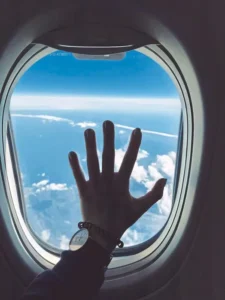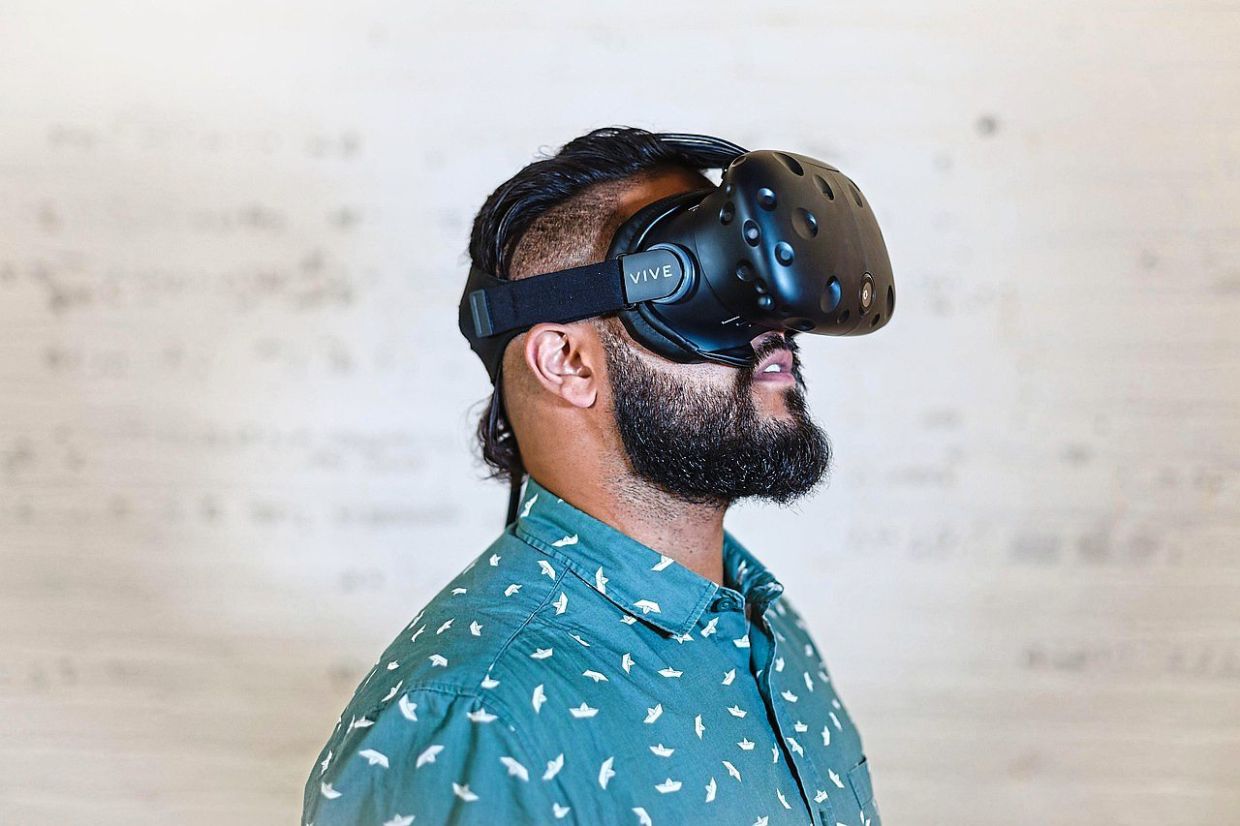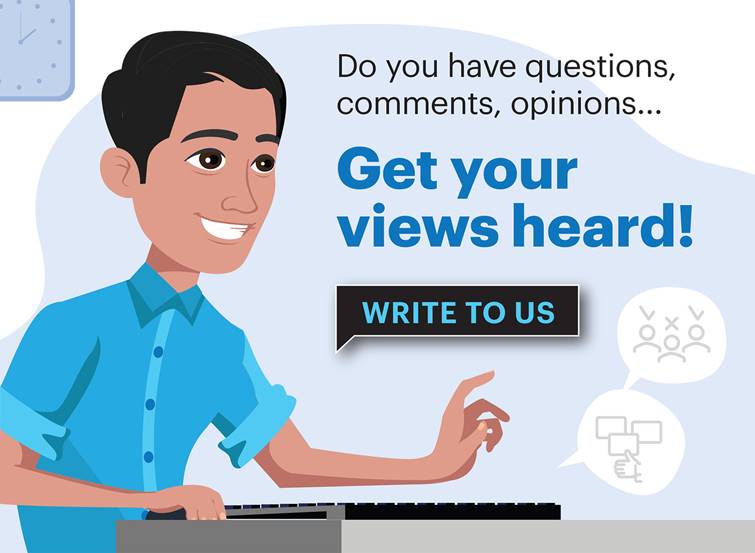ANN/dpa/THE STAR – Fear of flying is quite common. As many as one in four people are thought to have it, or at least suffer a feeling of unease.
It’s clinically an issue for only about 10 per cent of them though, in which case it’s known as aerophobia or aviophobia.
Why are so many people afraid of flying?
“Flying isn’t a part of most people’s everyday life,” says psychiatrist and psychotherapist Dr Udo Wortelboer, who recently presented therapeutic approaches to aerophobia at a travel medicine congress in Berlin, Germany.
At the airport, travellers go through the check-in, handing in of unaccompanied baggage, security check, crowds, PA system announcements, flight changes and so on. “There’s a succession of potentially anxiety-inducing situations that can considerably raise your tension level,” he says.
Then comes the actual flight. Although we constantly hear how safe air travel is compared with other forms of travel, many people are afraid nonetheless – and not only because of the high altitudes.
Particularly during take-offs and landings, or amid turbulence, some have “catastrophising thoughts” to the point of panic attacks in which they feel as though they’re going to lose their mind or are about to die, says Wortelboer.
As a clinical disorder, aerophobia is present when the fear also arises independently of a concrete situation, for example if merely planning an air journey gives you a panic attack. Involuntary, pronounced avoidance behaviour, such as balking at boarding a plane despite the objectively minimal potential risk, may also necessitate professional help, he says.
How can fear of flying be treated?

This depends on its degree, according to Wortelboer:
Mild: If your anxiety doesn’t seriously interfere with your life, you can take self-help measures, for example by using audiobooks, podcasts or apps aimed at managing your feelings.
Moderate: Attending a fear-of-flying seminar can help. Attendees are given information about fear and the objectively high safety rate of air travel.
You also learn calming strategies, breathing exercises and relaxation techniques. The seminars are often offered in cooperation with an airline and conclude with a real flight.
Severe or phobia: “The more intense the fear is, and if further anxieties or depressive symptoms are present, then a psychiatric or psychotherapeutic diagnosis is definitely advisable, in order to plan a targeted therapy,” Wortelboer says.
How does exposure therapy work?
Like many phobias, aerophobia is usually treated with cognitive behavioural therapy, elements of which are also employed during fear-of-flying seminars – psychoeducation, for example: learning about fear, its function and when it arises.
“What’s central, though, is exposure to the fear-inducing situation,” Wortelboer says. This is typically a gradual process and includes fear-inducing thoughts, images, places or situations that relate to air travel. The therapy is successful if, after the “test flight” at the end, you can say, “It worked!”
The more frequently you encounter these positive experiences, the more strongly your mind understands that there’s no need to be afraid. Unlike exposure therapy for a fear of spiders or taking the lift, for instance, repeated flight exposure is not as straightforward.
Can technology help?
Virtual reality (VR) can help here. It’s already being used in treating various phobias, and several airlines offer VR-aided programmes for aerophobia. With VR headsets and special software, individuals can experience realistic flight situations in a simulated environment, from the security check and boarding to take-off and landing.
While this can help, you may wonder if it can replace experiencing actual flights. Maybe.
Modern VR systems go beyond solely visual simulation. Vibrotactile stimulation via gloves, vests or chairs can even simulate the motions of a plane.
Studies show that these VR-based exposure therapies can also be effective for aerophobia.
“Aside from research projects, they’re still barely available though,” Wortelboer says.
However, he notes that he expects this to change in the coming years, partly because a simulated flight takes significantly less time than a real one since you don’t have to travel to and from an airport.
Additionally, VR can be individually tailored to the situations that trigger your fear, allowing you to experience them more often and more intensely.



